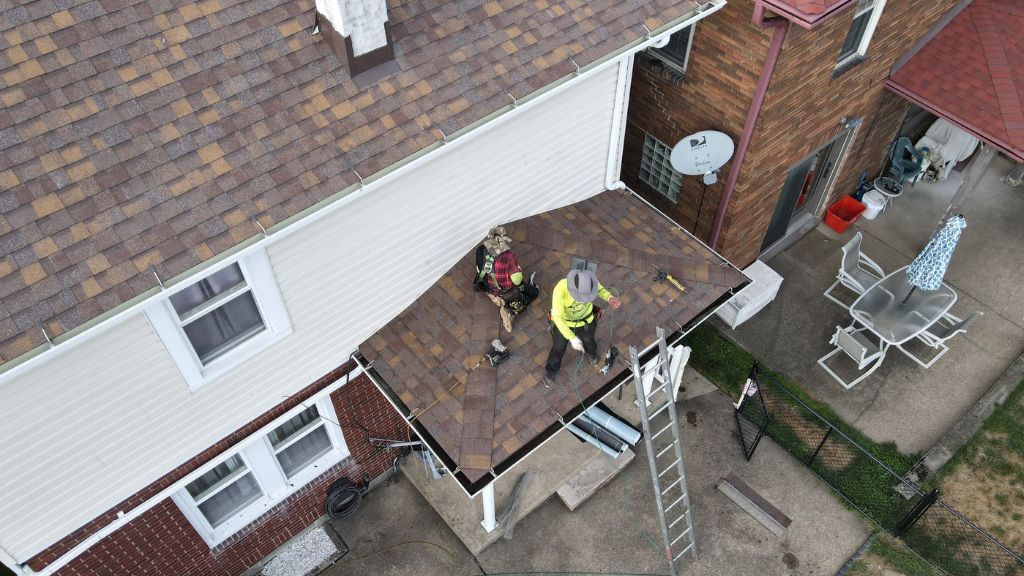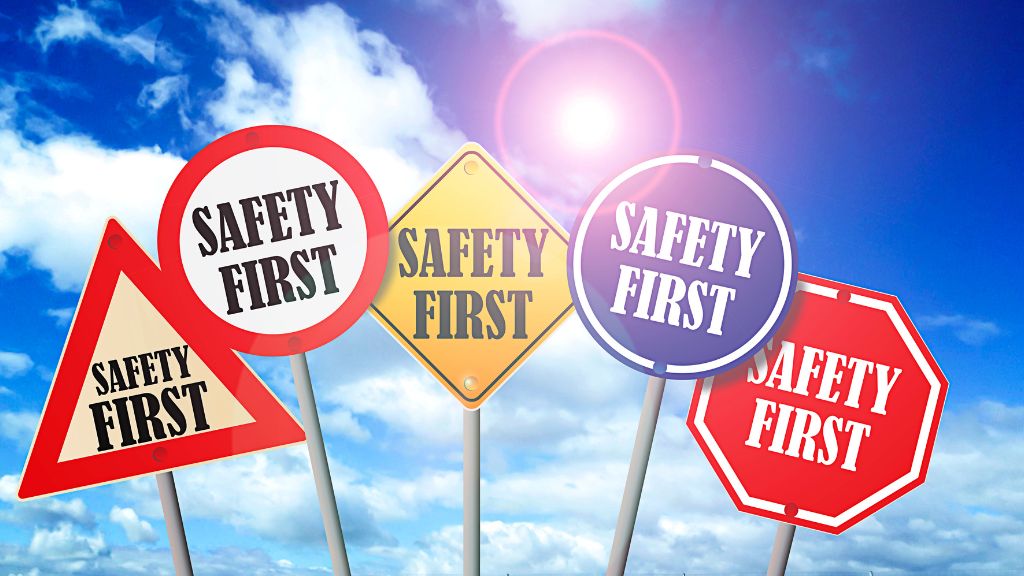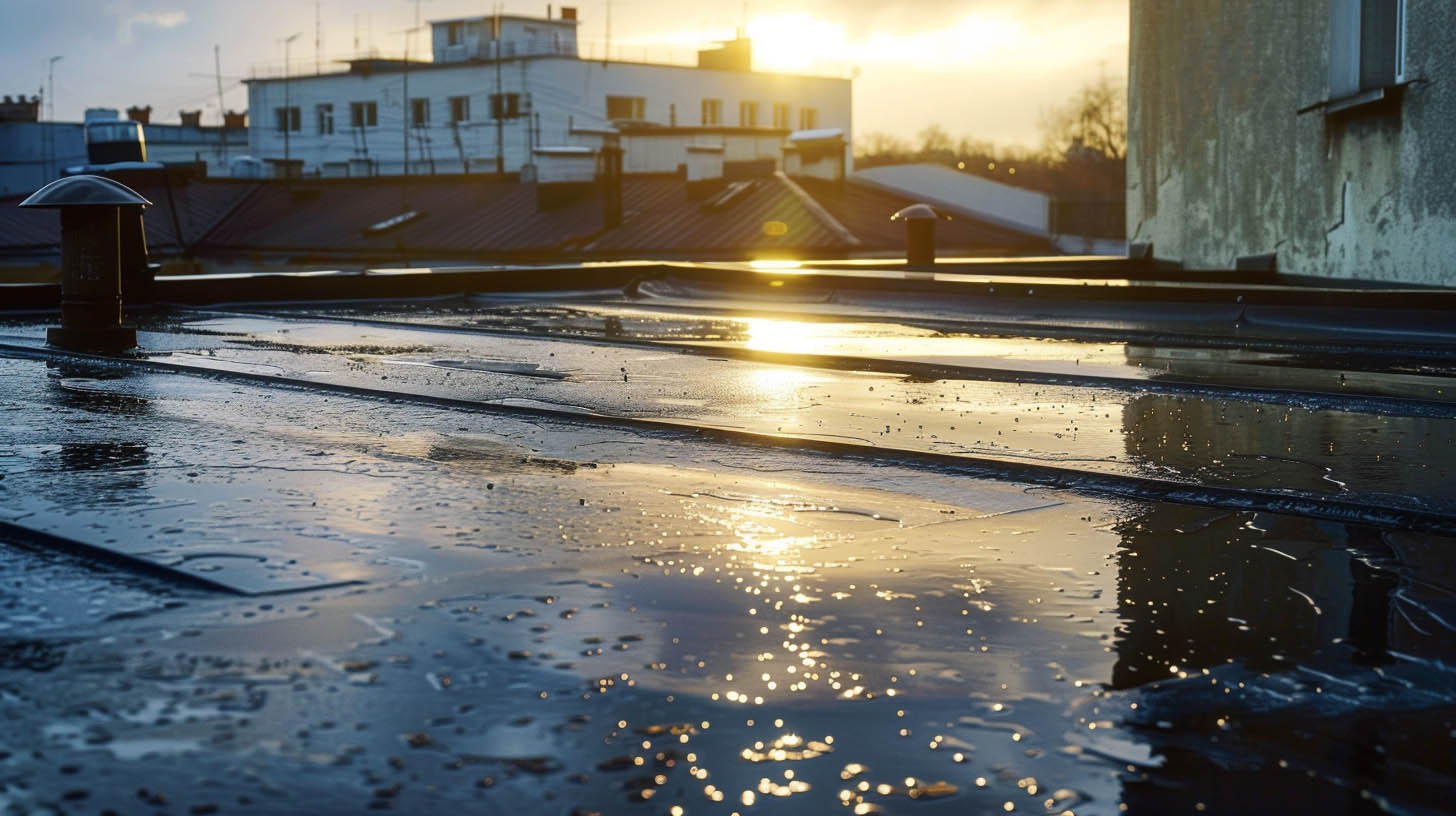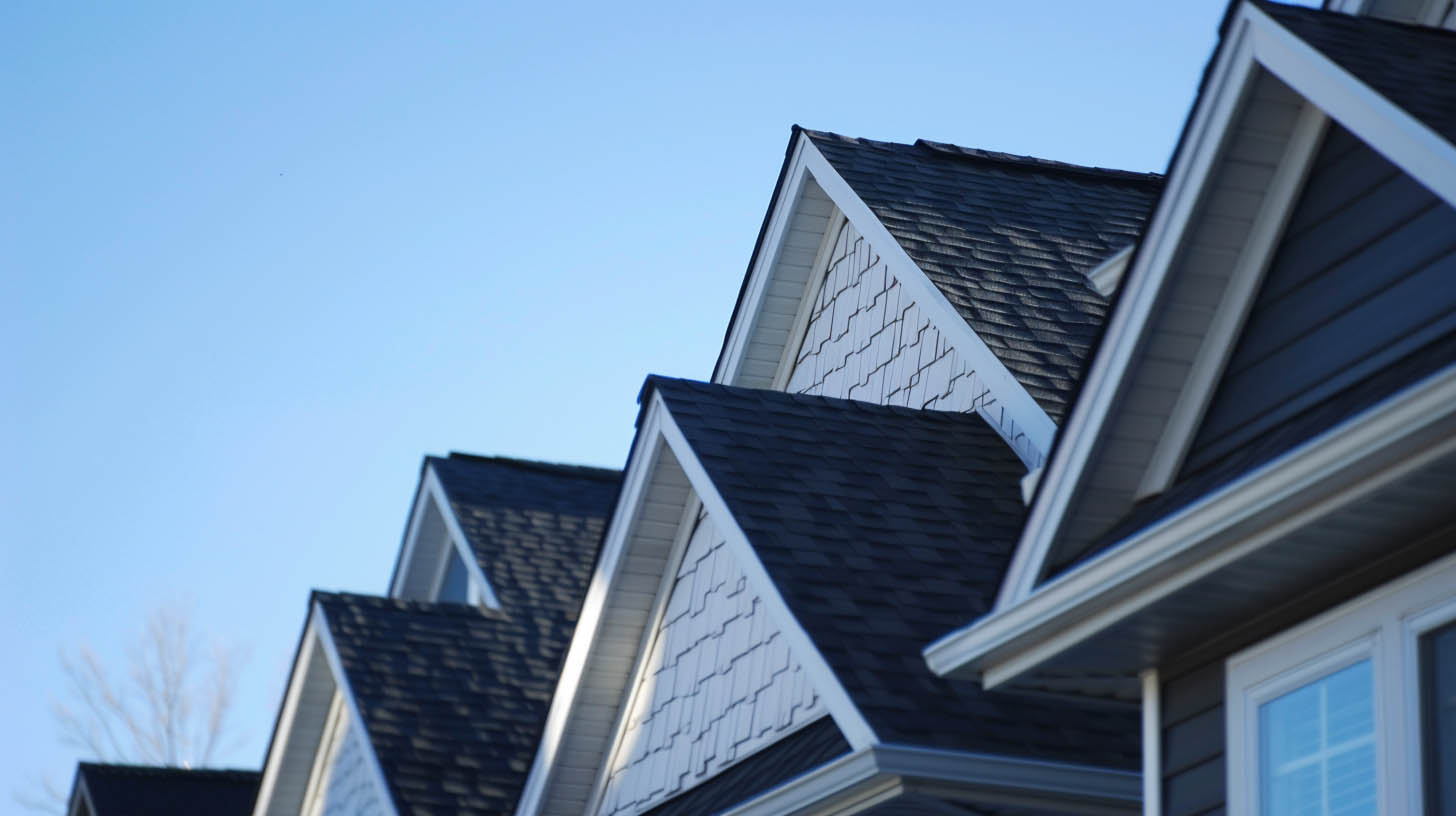
Hey there, fellow homeowners! Today, we are learning about essential roofing safety. If you’re thinking about tackling some roof work, you’ve come to the right place. We are not strangers to roofing – we’ve spent decades in the business, specializing in keeping homes safe and dry. It’s crucial to ensure your safety while you’re up there, and we are here to share some tried-and-true roofing safety tips with you.
The bottom line? Although the following safety tips have kept us professionals safe over the years, we never recommend homeowners to get on top of their roofs. Period. It’s just not safe.
Roofing Safety & the Dangers of Roof Work

Statistics indicate that falls account for more than one-third of all reported roof-related injuries. Roof work can be dangerous, there’s no way around it. Heights, slippery surfaces, and unpredictable weather can turn a seemingly simple job into a risky endeavor. We’ve seen firsthand – how overlooking safety can lead to accidents, and trust us, it’s not something you want to experience.
Real-Life Examples of Accidents
To really drive home the importance of safety, roof accidents happen every day – even to trained professionals. There are countless stories of attempted DIY roof repairs gone wrong. DIYers have ended up in the hospital in a coma. Ladders that are not securely placed, cause nasty falls, too. And we hate to say it, there have been homeowners who have been paralyzed for life or killed because of risking getting on top of their roof. These accidents could have been avoided.
Safety Gear & Equipment
Importance of Proper Clothing
First things first, always wear the right clothes. Sturdy, non-slip footwear, and clothing that won’t snag or get in your way are a must. Loose clothing can be dangerous, and so can slippery shoes when you’re walking on a pitched surface.
Essential Safety Gear
Invest in quality safety gear like a good harness, fall protection equipment, and a hard hat. This gear isn’t just for show; it can save your life. Trust me; our professionals had their harness prevent them from falling on more than one occasion.
Safe Construction Practices
Safe Ladder Use
Selecting the right tools is just as crucial. Use a sturdy ladder with slip-resistant feet. And ensure it’s tall enough for the job; leaning too far can spell disaster. Plus, a roof jack or platform can make moving around the roof safer and more efficient.
Now, ladders can be a game-changer, but only if you use them correctly. Make sure the ladder is on a stable surface, and it’s best to have a buddy hold it while you climb. Also, remember the “3-point contact” rule – keep two hands and one foot or two feet and one hand in contact with the ladder at all times.
Safety Protocols
Planning and Inspection
Before you even set foot on the ladder, plan your work thoroughly. Inspect your roof for any damage and scope out the best route. Make sure your tools are in good condition, too. I’ve learned that an hour of preparation can save days of work and a lifetime of regret.
Weather Considerations
Now, the weather can be unpredictable, and it’s an essential factor to consider. Don’t work on a wet or icy roof. Slippery surfaces are a recipe for disaster. Plus, high winds can throw you off balance, so be aware of the forecast.
Informing Others
Let someone know you’re up on the roof. It might sound like a minor point, but if something goes wrong, you want someone to know where you are and when you’re expected to come down. It can make all the difference in an emergency.
Rooftop Security
Proper Techniques for Shingle Replacement
If you’re up there to replace shingles, make sure you’re using the right technique. Avoid walking on the shingles if possible; use roof jacks or boards to distribute your weight evenly. Stepping between the seams of the shingles can prevent damage and keep you safer.
Working Around Obstacles
Many roofs have obstacles like chimneys or vents. When navigating around these, take it slow. Use a fall restraint system when working near the edge, and if you can, work from the ground or scaffold when dealing with obstacles.
Teamwork and Communication
If you’re not a lone wolf, communication is key. Make sure everyone knows their role and has clear instructions. Teamwork can make the job more efficient and safer.
Handling Materials Safely
Never toss materials off the roof without ensuring the area below is clear. Falling objects are a significant hazard. Use a hoist or lower them carefully with a rope if necessary.
What to Do in Case of an Accident
Alright, let’s talk about the worst-case scenario – an accident. If you or someone else gets injured, don’t panic. Dial 911 if it’s serious. Always keep a first aid kit on hand – it can be a lifesaver. But remember, prevention is the best medicine.
When to Hire a Professional
Importance of Certified Roofers
When hiring professionals, make sure they are certified and insured. Working with certified roofers ensures quality work and compliance with safety standards. Your home deserves the best, and that includes safety.
How Professionals Ensure Safety
Professionals have the training and experience to perform roof work safely. They know the ropes, have the right gear, and can efficiently handle emergencies. Hiring them guarantees the safety of your roof and, more importantly, your well-being.
Your Roof Deserves
the Best Care

Taking care of your roof isn’t just about safety; it’s also about safeguarding your most significant investment – your home. A well-maintained roof prolongs the life of your house, preserves its value, and ensures your family’s comfort.
By following these essential roofing safety guidelines and hiring certified professionals for major work, you’re not only securing the safety of your home but also adding years to your roof’s lifespan. With each step you take to maintain your roof, you’re protecting your property, preventing costly repairs, and maintaining its curb appeal.
Remember, your roof is your first line of defense against the elements. It shields you from rain, snow, and harsh sunlight. Investing in its safety and longevity today ensures peace of mind and saves you from potential headaches down the road.
So, whether you’re a DIY enthusiast or prefer to leave it to the pros, prioritize safety and care for your roof. It’s a choice that pays off in the long run. And with these roofing safety tips in your toolkit, you’re on your way to being a responsible and proud homeowner.
Remember, in case of an accident, stay calm, apply first aid if possible, and call for help. And when in doubt, leave the job to the professionals. Be safe up there!
Call now for a free consultation – better to be safe than sorry. 412-218-7082.


